Inside Japan’s Modern Ruins
Australian photographer Shane Thoms scoured Japan to photograph its abandoned places, where nature has reclaimed its rights.
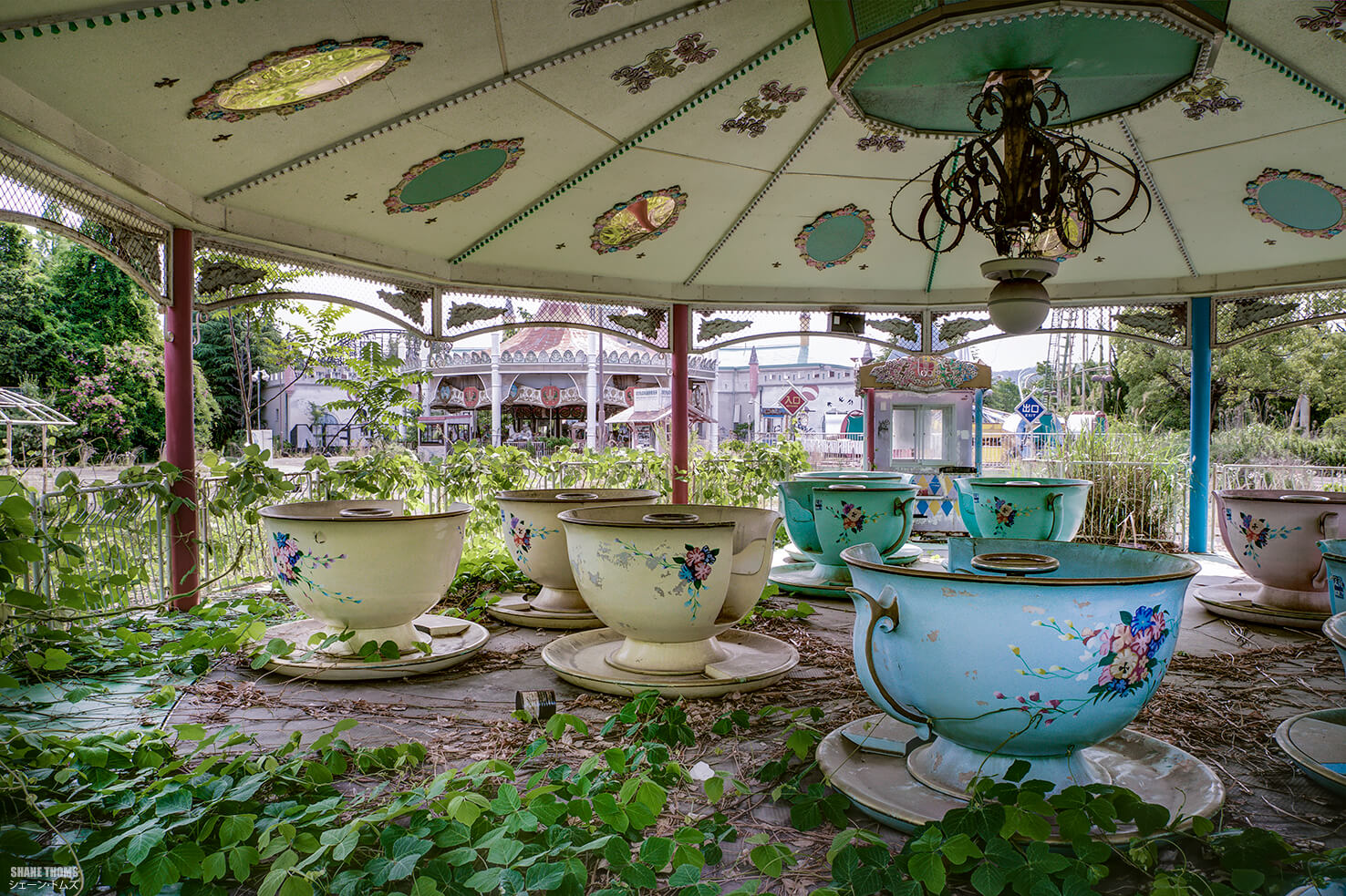
© Shane Thoms
Shane Thoms travelled across Japan in search of its past glories, and compiled his images in a book, Haikyo: The Modern Ruins of Japan. Haikyo is Japanese for ‘ruins’, but the word can also be used in a broader sense to describe urban exploration, or urbex as it’s known in Europe.
In the midst of nature, he discovered old leisure facilities and places where people once lived or stayed, all now having become dens of solitude: theme parks, swanky beachside hotels, luxury residences… There are also onsen (hot springs), a love hotel, and hospitals, all deserted overnight, with no one having taken the time to take any of the equipment or decoration away.
What ruins say about us
To capture these images, the photographer had to defy a few bans and rules, avoid broken staircases threatening to collapse, keep away from voracious mosquitoes, and skirt around hornets’ nests. But the result made it all worthwhile. ‘These modern ruins provide a rich visual contrast in a country known for the brightness, sound, and movement that swell in so many of its thriving metropolises’, Shane Thoms explains on his website. The book, which preserves these spaces before time has a chance to wipe away their final traces, raises a broader, more fascinating question that extends beyond the borders of Japan: what do our ruins say about us?
Although the book doesn’t offer a definitive answer, it calls out to us in the living, almost haunted, aspect of these forgotten places. In it, we discover a hospital that closed due to a lack of patients, with armchairs that could be used tomorrow if someone only took the time to dust them off. There’s also a theme park now overrun by nature, where the teacup ride has lost none of its garish colours and looks as though it is almost waiting for tourists to come along. This is, perhaps, what’s most striking about the photos: many of the objects are still standing and would need just a small breath of life to be revitalised.
Shane Thoms’ fascination for ruins dates back to his childhood, he says. As a young boy, he was enthralled by Tim Burton’s macabre, magical world and absorbed by horror films like A Nightmare on Elm Street (the original version directed by Wes Craven, released in 1984). A few years ago, he began visiting abandoned sites in Australia and even went to Chernobyl. But it was this journey across Japan that allowed him to rediscover the thrill he felt as a teenager, in this marginal world with all its strange beauty.
Haikyo: The Modern Ruins of Japan (2017), a book of photographs by Shane Thoms, is published by Carpet Bombing Culture. Shane Thoms’ photographs can be found on his website and Instagram account.
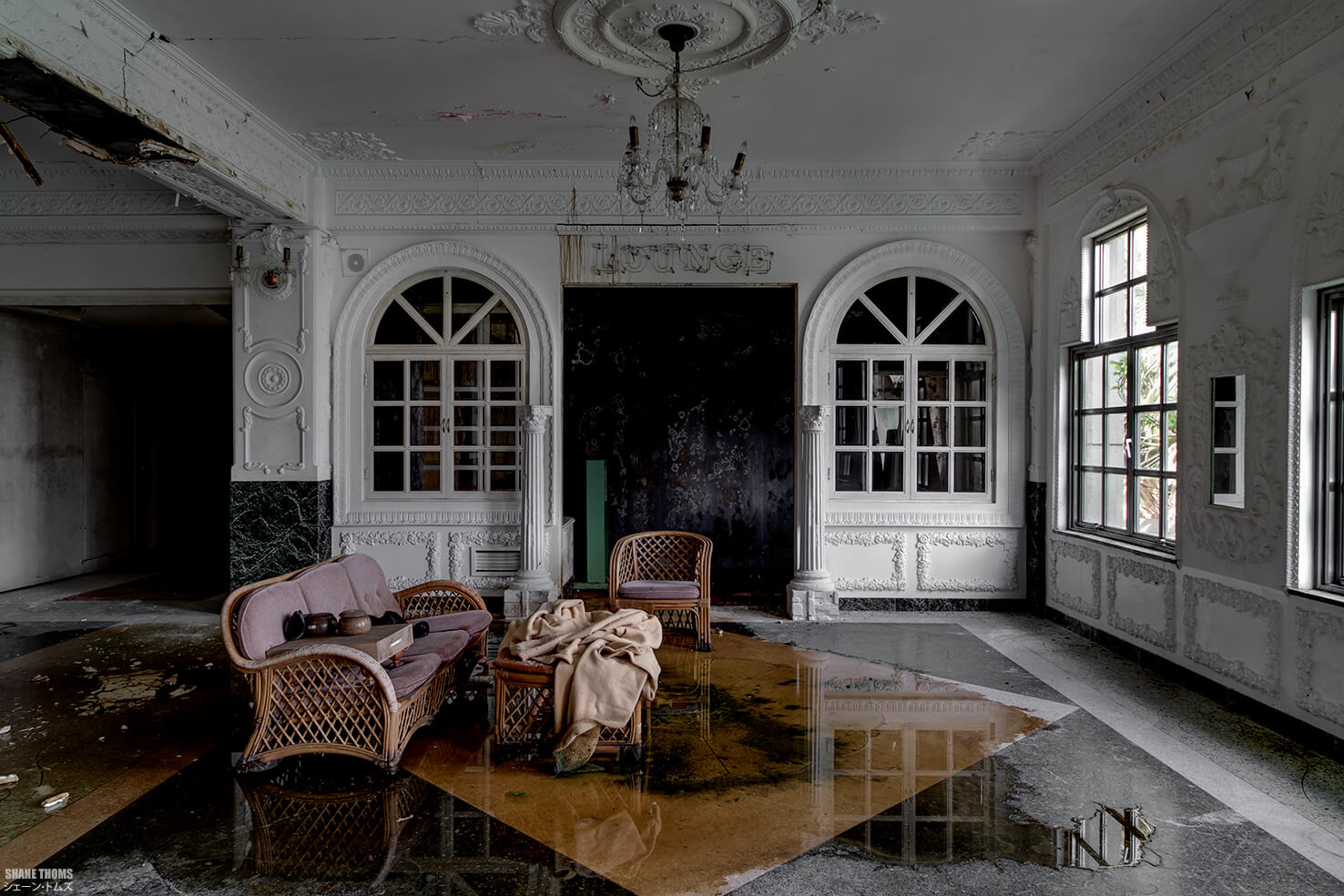
© Shane Thoms
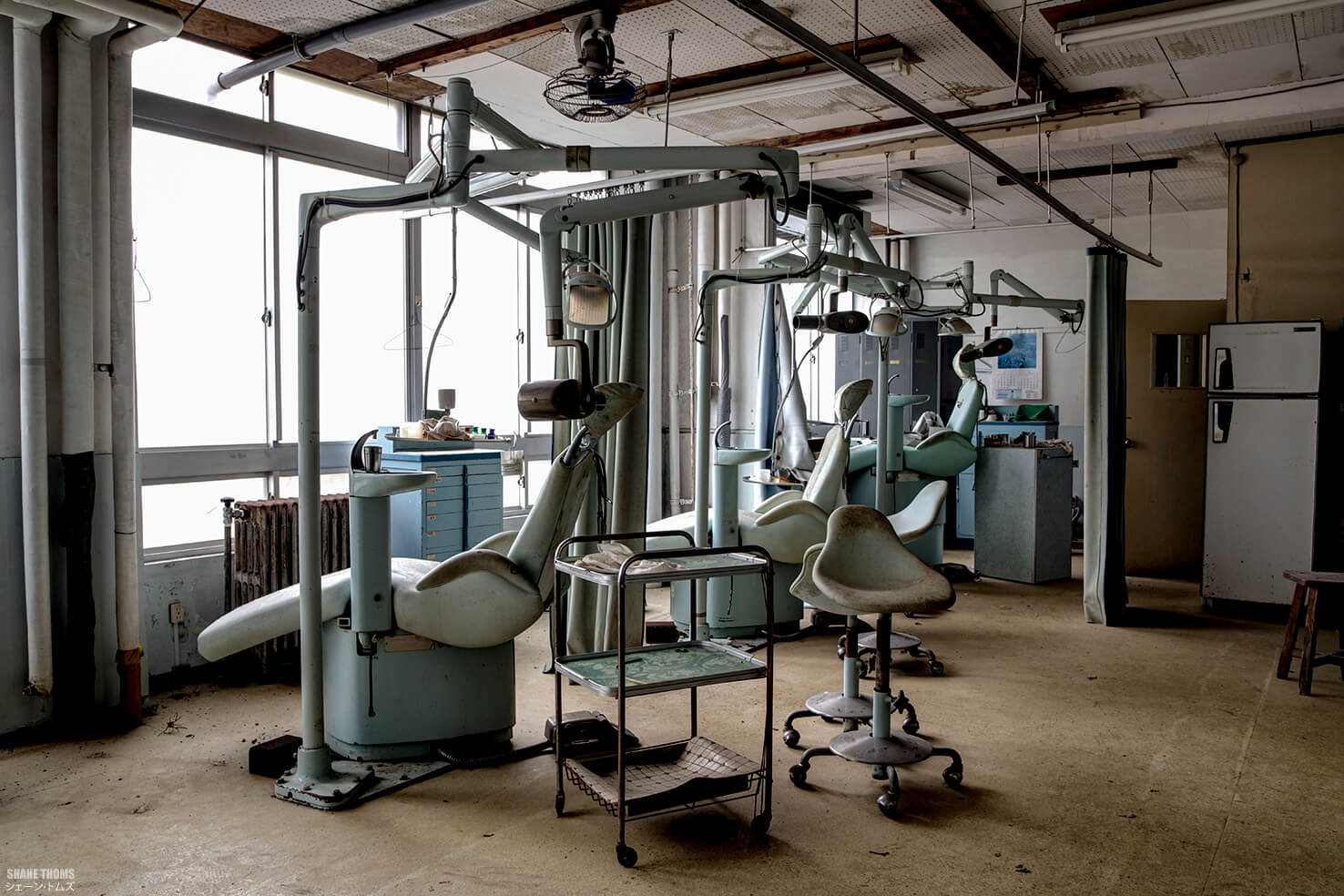
© Shane Thoms

© Shane Thoms
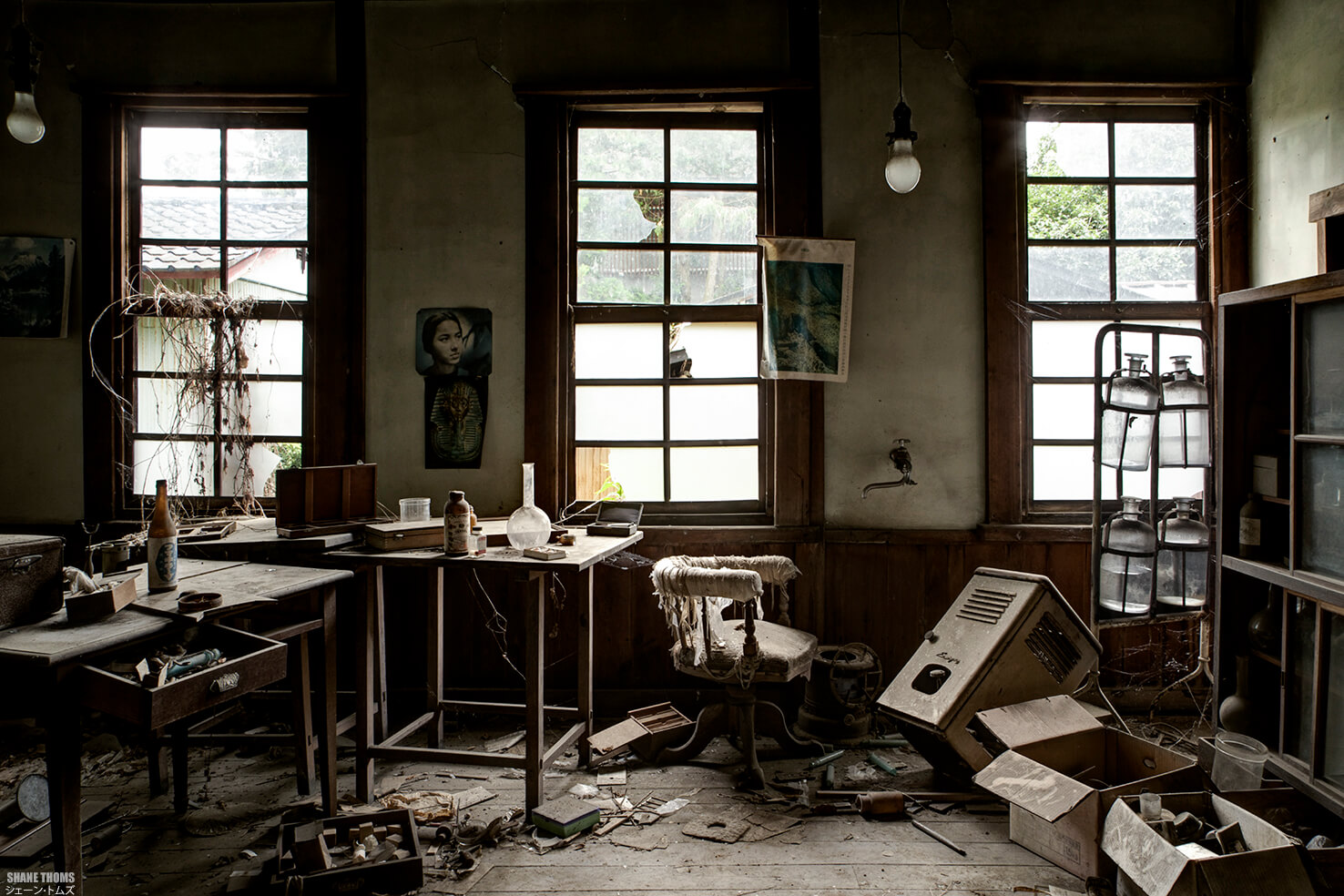
© Shane Thoms
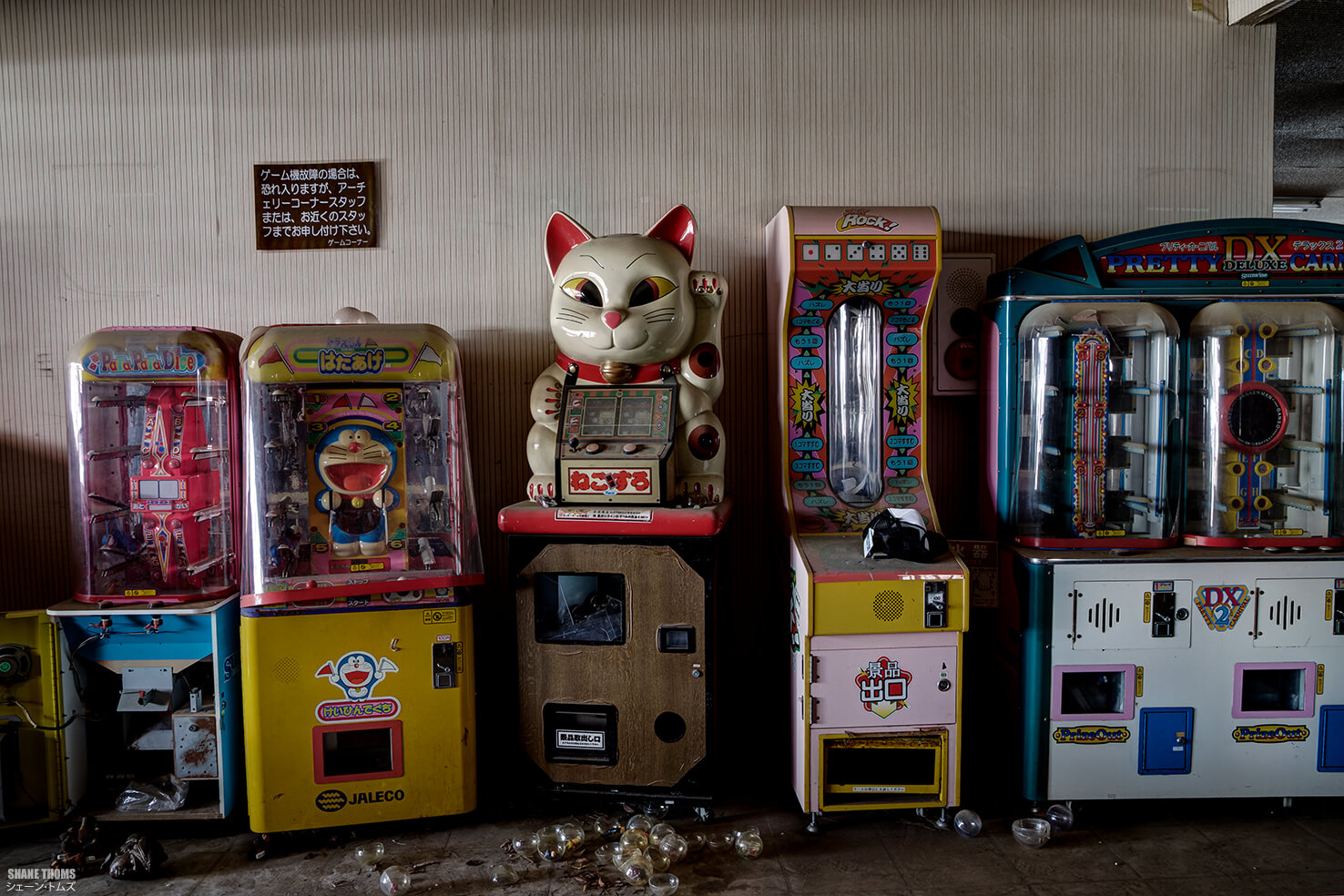
© Shane Thoms
TRENDING
-
The Tattoos that Marked the Criminals of the Edo Period
Traditional tattoos were strong signifiers; murderers had head tattoos, while theft might result in an arm tattoo.

-
Chiharu Shiota, Red Threads of the Soul
Last year, more than 660,000 people visited the retrospective 'Chiharu Shiota: The Soul Trembles' exhibit at the Mori Art Museum.

-
‘Before Doubting Others, Doubt Yourself. Who Can Truly Say a Dish Isn’t What It Used to Be?’
In ‘A Non-Conformist’s Guide to Surviving Society’, author Satoshi Ogawa shares his strategies for navigating everyday life.

-
The Story of Sada Yacco, the Geisha who Bewitched Europe
Described by Dazed magazine as the first beauty influencer, she has been restored to her former glory since 2019.

-
Ito Jakuchu's Naturalist Paintings
From 15 September until 14 October 2018, the Petit Palais showcased the artist's iconic ‘Images of the Colourful Realm of Living Beings’.





